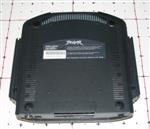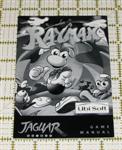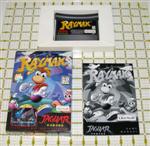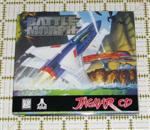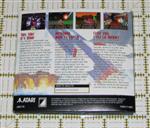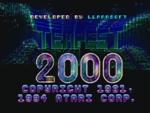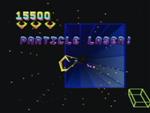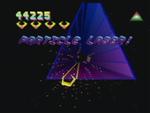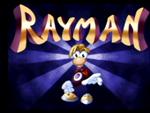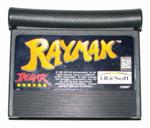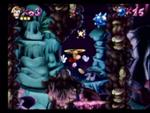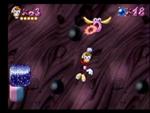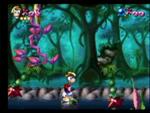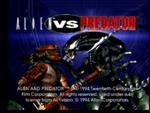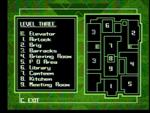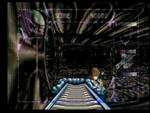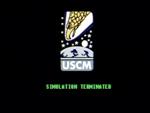Atari Jaguar
 Atari released the Jaguar system in late 1993. It used cartridges and had a CD add-on. It claimed to be a "64-bit machine" and was capable of 3D graphics. It had large controllers with a D-pad, three action buttons, two secondary buttons, and a 12-button keypad, which accepted overlays. Its pack-in game was Cybermorph, a 3D flight shooter. Overall, the console was a dismal failure and brought about the downfall of the once-mighty Atari.
Atari released the Jaguar system in late 1993. It used cartridges and had a CD add-on. It claimed to be a "64-bit machine" and was capable of 3D graphics. It had large controllers with a D-pad, three action buttons, two secondary buttons, and a 12-button keypad, which accepted overlays. Its pack-in game was Cybermorph, a 3D flight shooter. Overall, the console was a dismal failure and brought about the downfall of the once-mighty Atari.
The Unit | The Controller | The Cartridge | Game Packaging | Tempest 2000 | Rayman | Alien vs. Predator

